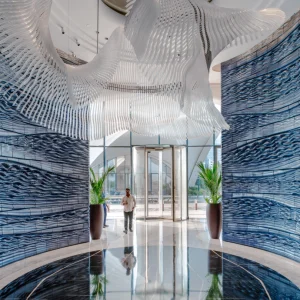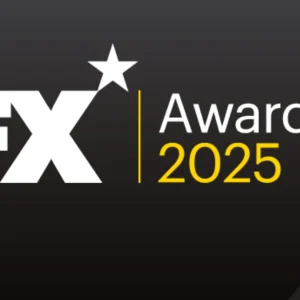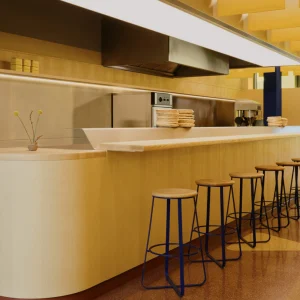Edited by Scarlett walker-hebborn
What has been the most significant improvement in office design over the past 30 years.
People-centric design and sustainable practices. There’s an increasing emphasis on user-centred design for flexible, adaptable working environments that incorporate a range of spaces and functions to support the ways we all want to work. Designing for accessibility, inclusion and neurodiverse needs in office design means a great day-today experience for everyone. There’s now a basis of good design for sustainable, comfortable environments that promote healthy choices, and spaces that are intuitive and easy to use. Accountability and awareness for sustainable design practices are also progressing.
What are the main aesthetic characteristics of a successful office project (or what elements can ruin an otherwise great scheme)?
Successful aesthetic choices can vary hugely depending on the type of project and its specific style. What’s most important is to ensure a cohesive design approach with a clear concept and purpose for every creative move. Great design should tell the story of the client’s business and feel unique and appropriate in each case.
Although, I will say the wrong colour palette or furniture choices can definitely destroy a beautiful design scheme. Cohesive aesthetic execution is all in the details.
 Abby Le Marchand
Abby Le Marchand
What is it that clients mostly require/request in their projects?
In one word, it’s innovation. Whilst it’s a buzzword often used without much context, clients are always seeking new and exciting ideas, and it’s our job to distinguish what that really means for them and the way they work. Innovative ideas are great but they’re only meaningful when solving a specific need or objective in a thoughtful and intentional way. Sometimes the simplest idea can become the greatest design choice.
Has wellness in the office gone too far – do you design for relaxation at work?
Wellness today is about more than just relaxation – it’s about caring for people’s mental and physical health and taking steps to alleviate stress or illness in the workplace. If you want happy, productive staff then they should feel engaged with the work they are doing, connected to their company values and that they are cared for.
Wellness to me means basic, good design – comfortable environments with access to light and views, good air quality, scope for adaptability, or the use of non-toxic, healthy materials, for example. We are always considering these aspects when we take on new projects while we’re also constantly seeking to educate ourselves and our clients on what could be done better, embracing new tools and materials to help us do so.
What current or historical trend has inspired you personally in terms of office design?
I’m inspired by projects that are pushing the boundaries of sustainable design, particularly in the research of healthy materials or sourcing from local manufacturers and small businesses. It’s not only the right thing to do for the well-being of our planet and people, but I also find joy in learning about new sustainable practices or discovering the story behind an idea. It makes for a much more enriching experience when you learn something interesting about the elements in a space, and walk away feeling inspired.
 The Barbican Centre provides inspiration. Image Credit: www.Cktravels.Com / www.shutterstock.Com
The Barbican Centre provides inspiration. Image Credit: www.Cktravels.Com / www.shutterstock.Com
Which exhibitions do you visit for inspiration/research?
Anything and everything! We’re so lucky to have such a rich and extensive arts and culture scene in London, and you can guarantee there’s always something interesting on. I love all mediums of art and architecture and I always try to go to a great museum or interesting buildings when I travel the world too – you never know what could spark an idea.
I went to the Barbican Centre recently, which I love going to. It’s such a unique estate and I find the outdoor ponds so serene. The building itself is inspiring to me a prime example of extraordinary brutalist architecture that has stood the test of time.





